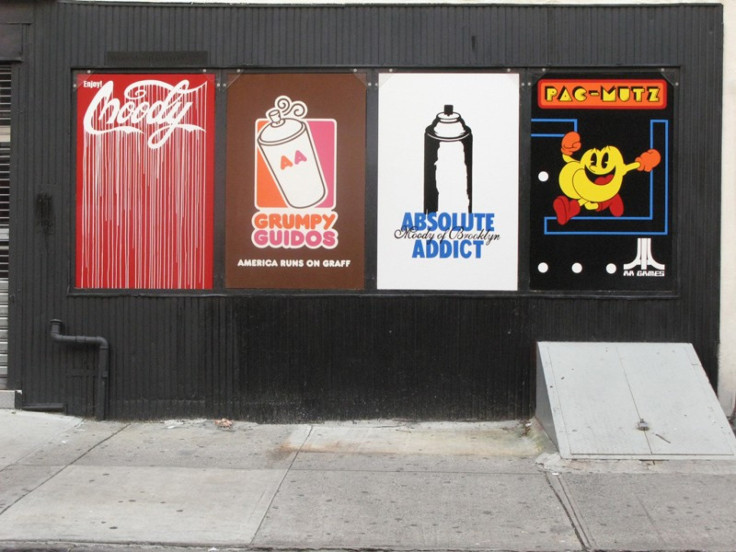Art Theft in the Lower East Side: Tracking Down the Criminal
Crimes of New York

The hunt is on for a malicious art thief who stole a painting on Tuesday from the Woodward Gallery, located at 133 Eldridge St. on the Lower East Side.
Absolute Addict is the name of the stolen work of art, a takeoff of Absolut vodka ads valued at $5,000 to $6,000. The unknown bandit patiently waited in the dark until the gallery was closed and there were no witnesses in sight. The painting was securely locked in place, but the thief came prepared.
He had a tool with him and was able to unscrew the panels, said Kristine Woodward, proprietor of the gallery. He stood there for some time unscrewing [the painting].
Woodward said she hangs paintings outside of her gallery as a way to connect with people.
It is a public mural for everyone to enjoy, she said. Woodward is unsure why the thief chose Absolute Addict out of all the paintings to take.
Who knows? It appealed to him, she said. Why does any art appeal to anybody? I don't know that he really was thinking, quite honestly.
Robert Wittman is a former special agent with the FBI and currently owns and operates a private security firm that specializes in art thefts and retrieval. Through his years of tracking down art thieves, he has encountered many criminals who steal works of art for various reasons. Some people seek to steal the Picassos and the Van Goghs for the money. However, those are very difficult to sell, says Wittman.
The secondary group is the people who are in love with collecting them, he said. They start feeling that since they know so much about it that they should own it. Wittman said such individuals become so obsessed with paintings that their intense desire to own them drives them to steal.
The third type of art thief steals paintings in order to simply make money. Wittman said that these individuals steal lesser-known paintings, believing that they will fly under the radar. He says that these thieves know exactly where to sell the contraband.
Art thefts are a very specific type of investigation, says Wittman.
You wouldn't conduct an investigation of stolen Monet the same way you would conduct an investigation of a stolen Chevrolet, he says. Sometimes, museums and galleries might be suspicious of their own staff because 88 percent of all thefts from museums are inside jobs, says Wittman.
Wittman says seasoned investigators would be running their contacts to discover who is selling and buying these items. Forensics, such as fingerprints and DNA samples, would also play a part in capturing the criminal.
Wittman also says it is important for gallery owners or museum curators to put out a reward for the stolen items, something Woodward has already done.
We are offering a reward for information or the safe return of the painting, says Woodward. She is willing to give $500 to anyone who can help with the investigation.
Although the thief appears to have made a clean getaway, the person was silly to steal the art, says Woodward. She says she has 20 minutes of security camera footage that shows the robber idling near the store until the coast was clear and then taking the painting.
We offered the project space as a public service, she says. For the thief to have disrupted the integrity of our project is certainly upsetting.
In time, Woodward hopes the painting is safely returned without any damage. She says the artist is also doing his best to track down the thieves.
After many years investigating these types of robberies, Wittman certainly understands how Woodward feels.
It is an insidious crime that has to be stopped.
© Copyright IBTimes 2024. All rights reserved.




















